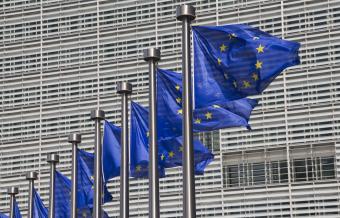European Union
European Union
Recent Activity
Articles
December 18, 2014
In 2014 governments in Europe, North America, and Australia reacted to significant mixed flows of humanitarian, economic, and family-stream migrants with a range of new policies. These came as some migrants presented themselves to authorities for processing rather than trying to evade U.S. or European border controls, with the knowledge that backlogs and little political will for the removal of vulnerable populations might allow them to stay for extended periods.












One Phase Closes for the New Pact on Migration and Asylum. Now Another Begins
The New Pact on Migration and Asylum agreed in December 2023 by EU Member States and the European Parliament after lengthy negotiation will, without a doubt, go down in history as a signal political accomplishment. But will it result in better management of migration and asylum systems in a complex era? The outcome will turn on implementation and communication, this MPI Europe commentary explains.